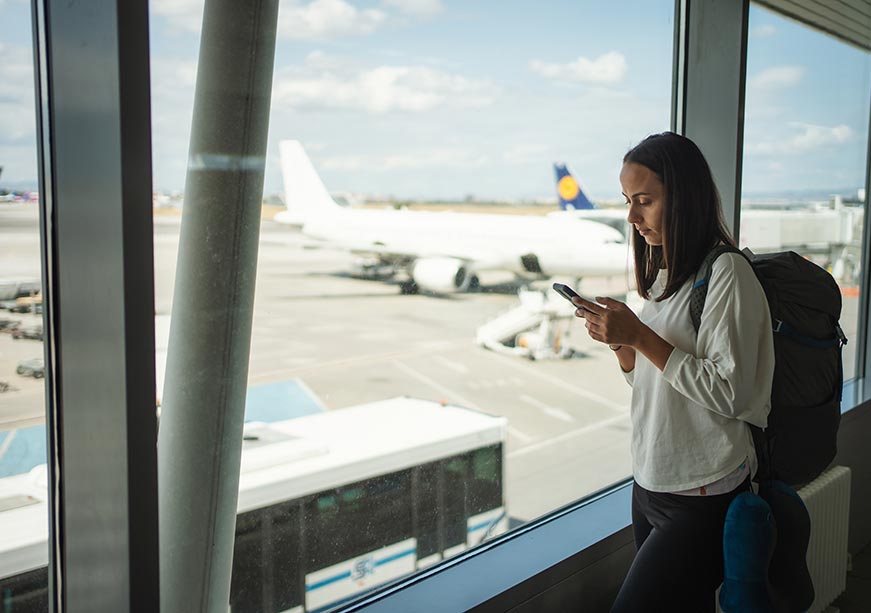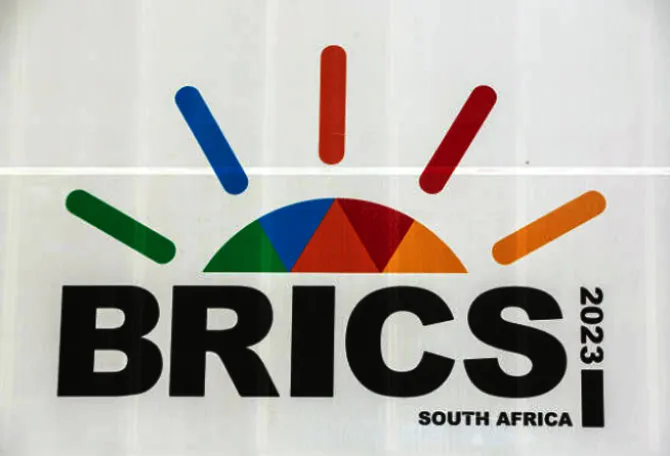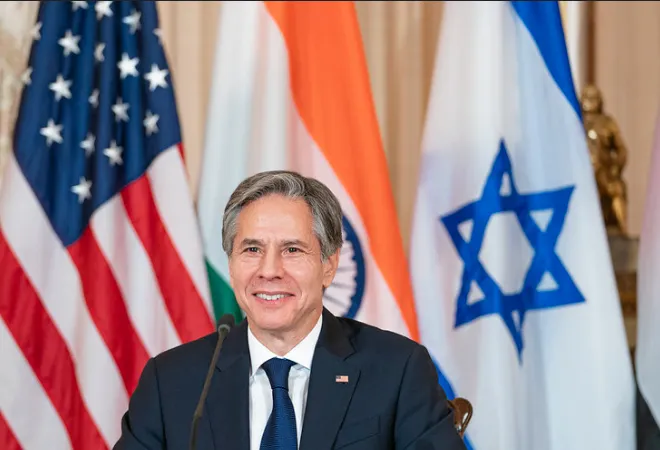AI-powered advisors, facial recognition and GenAI chatbots are among tools that people, airlines and the hospitality industry are using to make travel more comfortable and convenient
The travel industry runs on personal interaction and here technology is making relationships more efficient. Travellers and service providers are leaning on artificial intelligence (AI) for more informed decisions. Price comparison, destination assessment and consumer behaviour are being enabled by new technology tools.
AI agents will not just automate travel searches and bookings, but they will also match human intelligence in many tasks by the end of the decade, said a recent report by the World Travel and Tourism Council.
As many as 94 per cent of travel and tourism industry leaders consider AI to be critical to their business. “AI-powered assistants like Trip.com’s TripGenie saw a 200 per cent surge in usage in 2024, revolutionising trip planning and customer experiences. With 91 per cent of travel businesses planning to increase their tech investments, the industry is on the brink of its most significant transformation since the dawn of the internet,” said the report.
The increasing need for personalisation is driving demand for super apps (a mobile or web application that combines multiple services into one platform). The report said that most survey respondents wanted a single platform integrating flights, hotels, activities, and payments for frictionless travel. For now, this is a challenge because hotels and airlines prefer their own apps to ensure consumer loyalty.
The increasing adoption of facial recognition technology is changing consumer experience: from airports to hotels. At airports across the world, facial recognition is used for terminal entry and immigration. India’s DigiYatra has transformed terminal entry at airports. Since its launch in 2022, DigiYatra has been used by more than 11 million users and it has clocked 45 million journeys. The fast-track immigration programme is active in seven airports for international travellers.
In Abu Dhabi, the government uses facial recognition for “smart tourism”. The Department of Culture and Tourism – Abu Dhabi (DCT Abu Dhabi), through its licensing and regulatory compliance department, has deployed an advanced facial recognition system at hotels, for both guests and employees. This was done in partnership with the Federal Authority for Identity, Citizenship, Customs & Port Security (ICP).
Saleh Mohamed Al Geziry, director general for tourism at DCT Abu Dhabi, has said: “The integration of the face recognition system underscores our shared commitment to pioneering advancements in smart tourism. This initiative reflects our commitment to leveraging innovation to enhance the guest experience while maintaining the highest standards of safety and security for both guests and hospitality sector employees. By working closely with ICP and our hotel partners and national authorities, we are ensuring a seamless, safer and more connected journey for every visitor.”
The hospitality and airline industries also use facial recognition technology for processing payments and check-ins. While mobile-based check-ins have become common in hotels, facial identification can eliminate the concept of loyalty cards. Travellers can walk in and out of hotels without having to check in at the front office. Cameras can recognise regular visitors and debit the payment from their digital account. In each of these cases, consumers will have to insist on privacy from service providers.
GenAI chatbots are convenient for travel planning and booking. Travel agents and customers are using these AI tools to identify and evaluate what’s available at destinations. Since most itineraries are unique, AI can help curate experiences. Supported by AI tools, human advisors are helping consumers get better options in selecting restaurants and places to visit in unfamiliar destinations. AI bots can trawl through the menus and prices of thousands of restaurants and offer personalised options for travellers.
In the travel sector, the consumer and service provider relationship will be shaped by the use of emerging technologies.
This commentary originally appeared in Business Standard.












